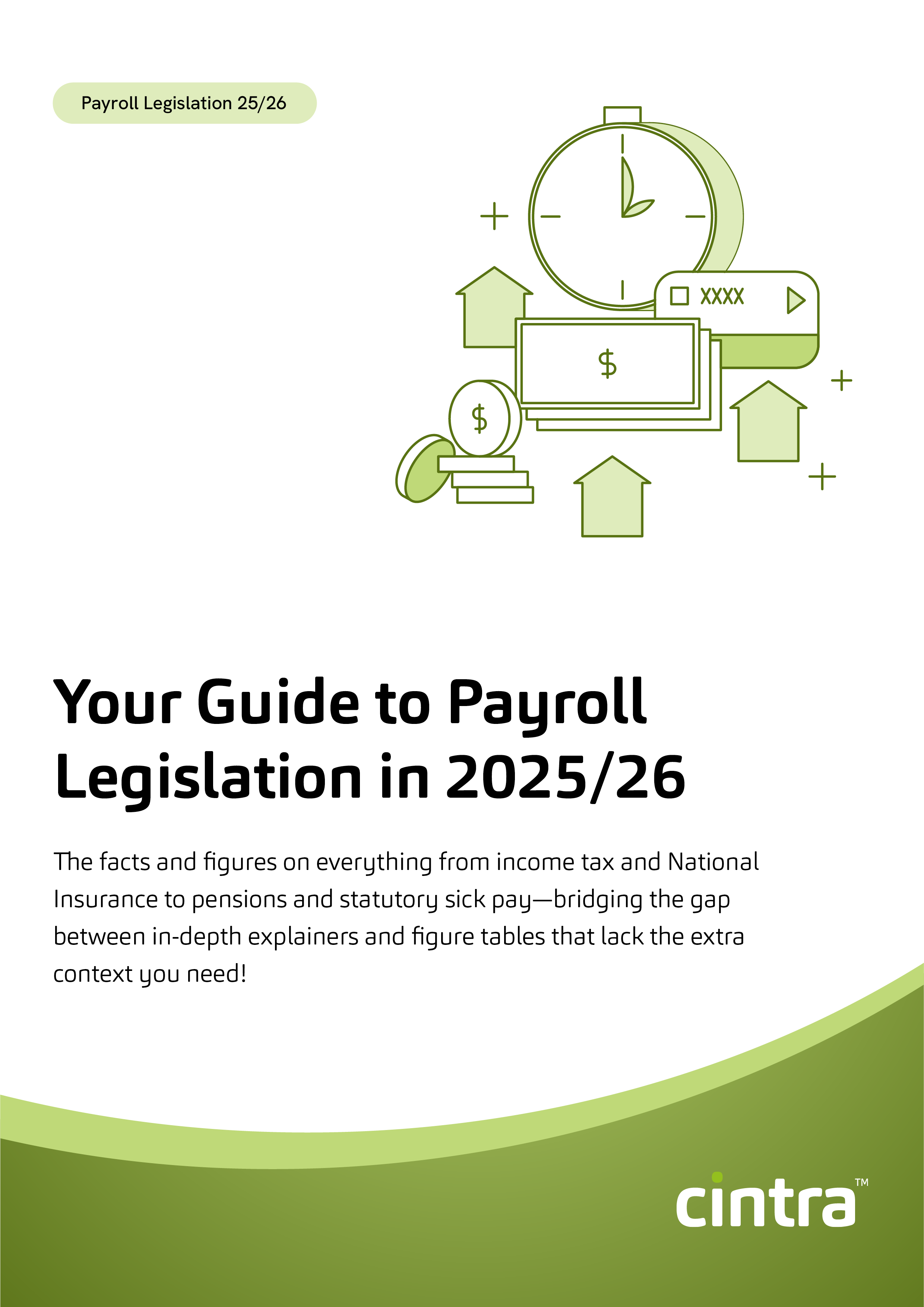Why employee wellbeing matters
We can all agree that happy, healthy employees are the best kind of employees. When people are happy, employee engagement goes up, productivity follows and the bottom-line looks a lot healthier.
We don’t need to convince you – the benefits of investing in your employee’s wellbeing are clear. And in our busy world, as organisations embrace new and dynamic ways of working, there’s an even greater need for an employee wellbeing strategy that supports the whole team.
What is wellbeing?
We know what wellbeing is. It’s a combination of good physical and mental health. It starts with the basics; we need to eat well, exercise, sleep, and manage our stress. But then we need a bit more. Our work must feel meaningful, we need a sense of belonging and we need just the right amount of social interaction.
And what's wellbeing in the workplace?
Next we have to consider the factors at play when it comes to wellbeing in the workplace. Happiness at work is a bit like walking a tightrope. On one hand there are the positive attributes like meaningful results, income, fun, appreciation, positive feedback, intriguing challenges, and trust. On the other there are the stresses and strains of work life. We don’t have to list them – we’ve all experienced some of these!
So, what's an employee wellbeing strategy and why does it matter?
A good employee wellbeing strategy is the key to everyone’s happiness. Not least the HR teams’! We used to focus on cure, planning for the cost of ill health, writing health and safety policies to protect people in the event of a problem. But in the post-pandemic world, wellbeing is all about prevention.
The CIPD have very helpfully provided HR teams with excellent guidance on what employees want and need. Topping the agenda are issues around mental health, work-life balance, employee voice, and diversity and inclusion.
Let’s start with what really matters. Not the employee wellbeing strategy itself, but the end it can lead us to. Namely, happy, motivated employees who are engaged in the business and can help improve retention and productivity.
Sitting between those happy people and a healthy, inclusive culture, is the strategy. To get that right, we need to define the positive outcomes we want to see.
Where do you start with your employee wellbeing strategy?
Every workplace is different. As is every employee. And the stressors vary hugely between different types of workers, roles and environments. So, it’s crucial to avoid a ‘one-size-fits-all’ solution!
Open dialogue is the key. Connecting with your people means you can be proactive. You’ll create a strategy that prevents problems instead of firefighting once the problem hits. And it will create buy-in from a team who see that this strategy has been designed for them.
This ‘culture of happiness’ needs to be wrap-around. It will start the moment a new employee joins your organization, and influence everything until the day they leave. So on-and-offboarding need to be part of the plan.
How to build a happier team
To help make this as easy as possible for you, we’ve broken down some of the key contributors to wellbeing in the workplace! These touch on both mental and physical health, providing that holistic approach. It’s not exhaustive, but it’s a good place to start…
1. Meaningful work
Every employee needs to feel that they are essential cog in the machine. When you’re getting the culture right, they will know they are part of the mission. They will see the effect they have and know they are contributing to the wider goal. Having a sense of their own tangible contribution creates a deep sense of purpose and achievement, that all-important sense of belonging, and a boost to self-esteem!
2. Job demands
Each role has to be well designed. And it also needs to be appropriate. Make sure that workload and tasks are manageable in each role and make adjustments for individual employees where needed. Everyone manages their work differently, so it’s important to take individual differences into account!
3. Work-life balance
This has never been so important. Life is full-on! Employees want flexible working options so that they can balance the demands of life around the demands of their employment. Generous annual leave, or flexible working solutions add to a sense of being valued, soothe anxiety and put an end to the Sunday Scaries.
4. Financial Reward
Of course, this really matters. Fair salaries, flexible benefits, perks and bonuses all make the job worthwhile. And they contribute to good mental health. It’s no secret that a high salary isn’t the be-all and end-all of a job, but feeling fairly rewarded certainly plays an important role in your holistic employee wellbeing strategy.
5. Meaningful relationships
Relationships are the key to happiness. Or they can be the road to unhappiness. So, it’s essential that everyone feels they’re part of a team and that colleagues and managers know how to be supportive.
6. Leadership
And while we are talking about supportive managers… It’s really important to have values-driven leadership. The mission and the objectives will be clear. Leaders will be leading by example. Everyone will be pulling towards the same goal.
7. Working environment
In a post-COVID world, we’ve realised just how many possibilities there are for a working environment. And how those can impact our contentment. It’s important to remember that there isn’t a ‘cookie-cutter’ solution here though either – while some people might dream of 100% home working, others might crave the buzz of a busy office! That’s why open dialogue is so important to getting this strategy right.
And don’t forget about those who can’t work remotely because of their role.On-site and on-the-road employees need just as much consideration when factoring the working environment into your employee wellbeing strategy.
8. Personal growth
No matter whether you’re just onboarding or whether you’re the CEO who has been there since the start, you need to feel that there are new avenues for you to explore. Career development and opportunities to keep learning show employees that they are valued.
9. Inclusivity
If you want to maximise employee wellbeing then it’s essential you create a culture of inclusivity, putting a large focus on your equity, diversity, and inclusion policy. For employees to thrive they need to feel (and see!) fair treatment. Recruitment is diverse and talent-focused. There are opportunities to celebrate team members for who they are. Every employee knows that diversity is valued and their voice is not only welcomed, but amplified.
What could I include in my employee wellbeing strategy?
Well, how long have you got? There are so many different ways that organisations can create a sense of wellbeing in the workplace that we can’t list them all here. Not every one of them will work for everyone! The most important place to start when planning your strategy is your people. Ask them what would make the difference. Check in. Refine. And always keep improving. Here are just a few to get you thinking:
Physical Health
- Subsidised gym membership
- A healthy and appealing choice at the canteen
- Lunchtime walking clubs – ‘lunch n learn’!
Mental Health
- Social and team building activities
- Celebrations of success and recognition of excellent work
- In-house mentoring programme
We’ve said it before, there’s no standard recipe for what to include. If you have employees who enjoy the comforts of working at home from their ergonomic desk with an espresso machine in the kitchen, their needs are going to be very different from a front-line worker who is on their feet all day in a stressful environment. Or from the sales team who spend half their life on motorways.
The key is to make sure no one feels overlooked. For example, flexible working policy that includes remote work isn’t necessarily a perk for everyone. While the working from home scene described above might be the dream for many people, for those who suffer loneliness, or who have a toddler at home, it’s a nightmare.
Our world changes at a fast-pace. It’s crucial that your employee wellbeing strategy can flex for any future demands.
Our new employee wellbeing strategy is up and running… but is it working?
If you don’t ask, you’ll never know. Now that the workplace dialogue is open, keep it going. A monthly pulse can reveal a lot. Start a process of feedback and improvement. Once employees (and leadership!) see that you’re listening and responding, you’re going to experience another ‘happiness bounce’!
Want to chat about our employee wellbeing features?
There is a long way between reading an article about wellbeing strategy and the happy busy workplace you want to create! But don’t feel daunted. Fortunately, we are here to help clients of all sizes create happier teams.
If you would like some advice on where to start, pick our expert brains or talk about the tools that we can provide to support you on your journey just get in touch. You can book a demo to see CintraHR’s:
– 1:1 check-ins
– Customisable employee surveys
– Sentiment, happiness and eNPS analytics
– Real-time continuous feedback
We would be happy to talk happiness with you whenever you’re ready!


